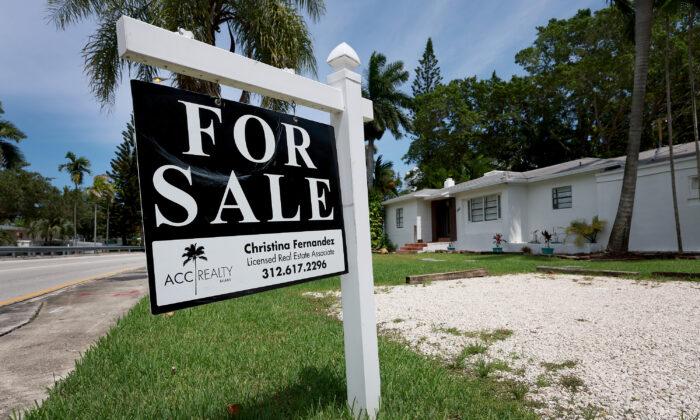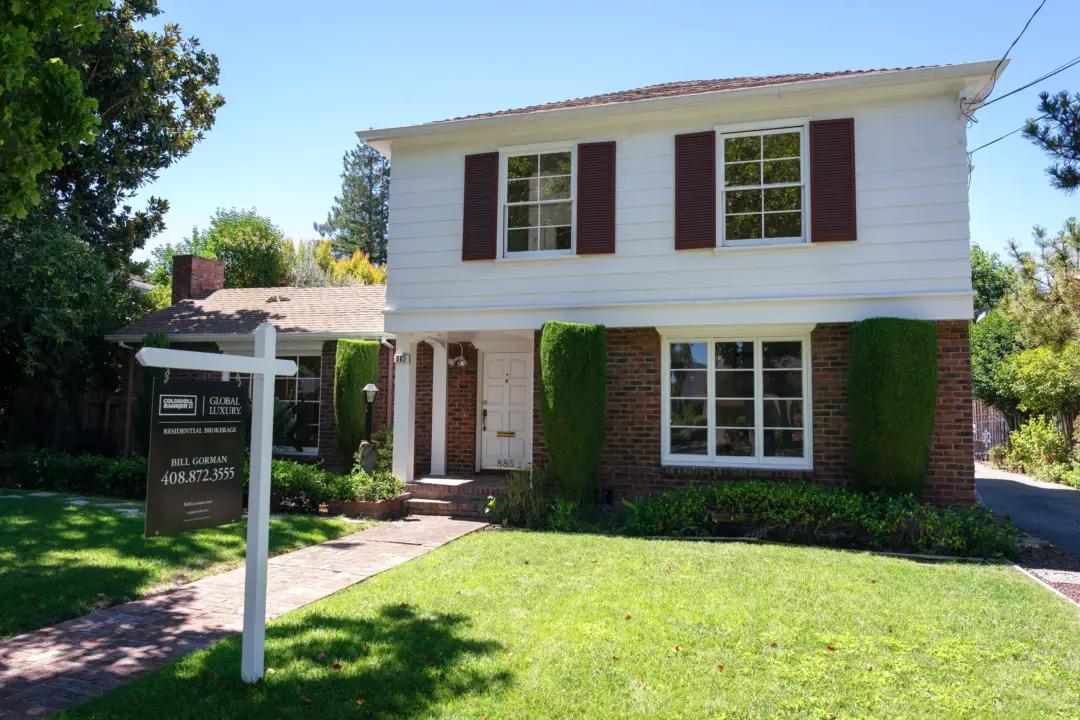Home affordability has hit its lowest level in more than 16 years, with a median household now forced to spend over 40 percent of its income to afford a home.
In December 2021, a household would only have had to spend 32.6 percent of its income to buy a home.
The main difference in the one year between December 2021 and December 2022 is the interest rate, which rose from 3.1 percent to more than double at 6.4 percent.
During the COVID-19 pandemic, home prices skyrocketed at a rate unseen since the 70s. Mortgage rates were low at the time of the pandemic. People also had extra funds thanks to the stimulus payments received from the government.
Due to low inventories and high demand, home prices surged.
Drop in Affordability
The number of affordable listings in 2022 fell by 53 percent compared to 2021, real estate brokerage Redfin said in a March 3 news release. This is the biggest yearly drop since 2013. Redfin pinned much of the blame for the decline in affordable listings on higher mortgage rates.Only 21 percent of homes for sale in 2022 were affordable for a typical household, down from 40 percent in 2021. This is the lowest share on record, the company said. Redfin only considers a listing as affordable if the monthly mortgage payment is not greater than 30 percent of the local county’s median income.
“Housing affordability is at the lowest level in history, which will widen the wealth gap—especially between millennials,” Redfin’s Deputy Chief Economist Taylor Marr said in the news release. “Many millennials were able to buy their first home before or during the pandemic homebuying boom, but many others were priced out of homeownership and forced to keep renting.”
Affordability Challenge
According to data from the National Association of Realtors, the United States is estimated to be facing a shortage of 3.8 to 5 million homes.“Homeownership looks further and further out of reach for millions of families,” Brown said.
Sen. Tim Scott (R-S.C.) blamed the federal government as well as local interventionist policies for the housing issues.
In January, pending home sales showed a slight improvement on a monthly basis, Redfin reported, but compared to a year earlier, pending sales had fallen by 29.4 percent.
Marr pointed out that some buyers came into the market in January due to a dip in interest rates. But the housing market recovery was “tempered” due to the limited number of homes being listed for sale and the elevated home prices.
“There were fewer new listings in January than at any point on record, with the exception of the start of the pandemic. That hampered demand because it meant that many of the buyers who were still in the market had a tough time finding a home that met their needs,” Marr said.
“The shortage of homes for sale also buoyed home prices,” he said.





